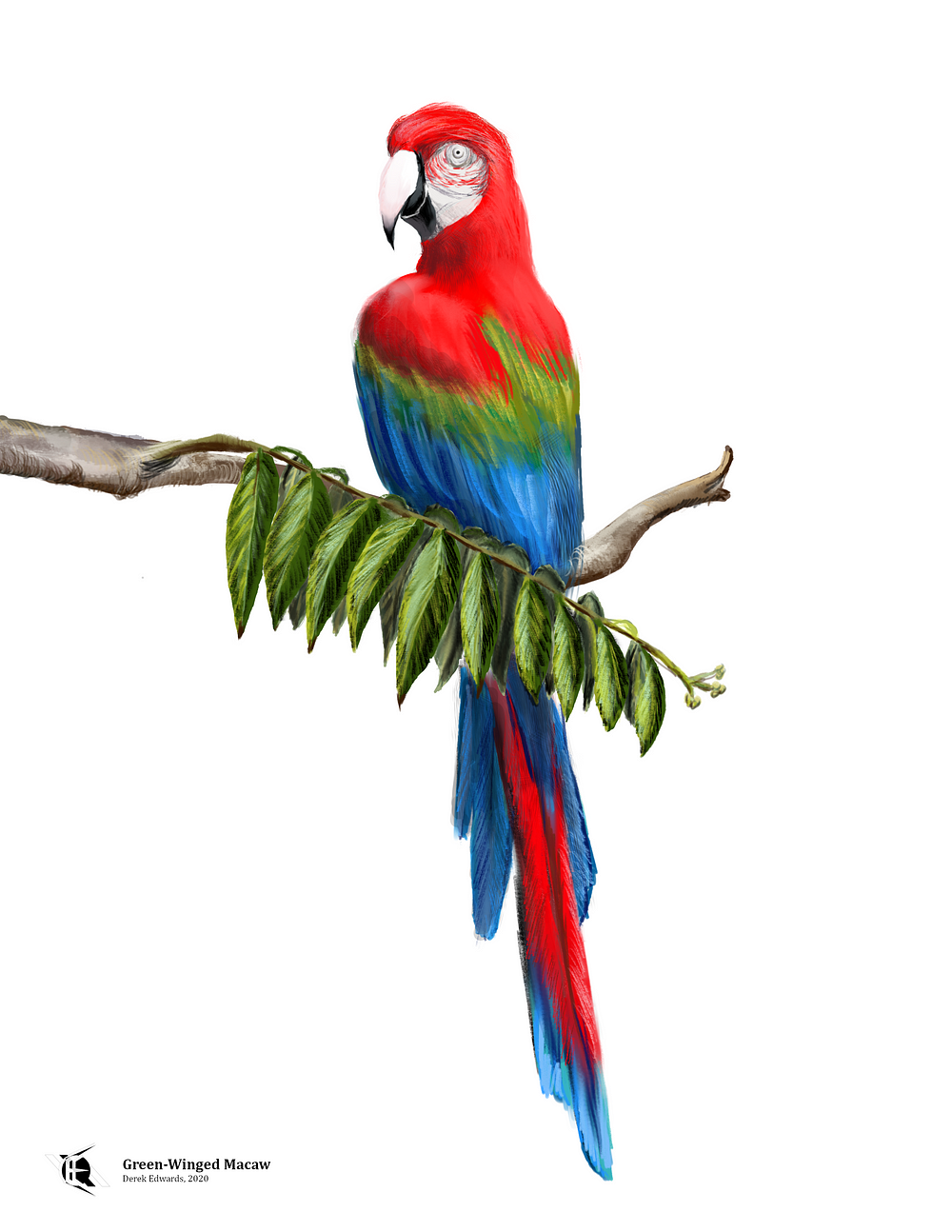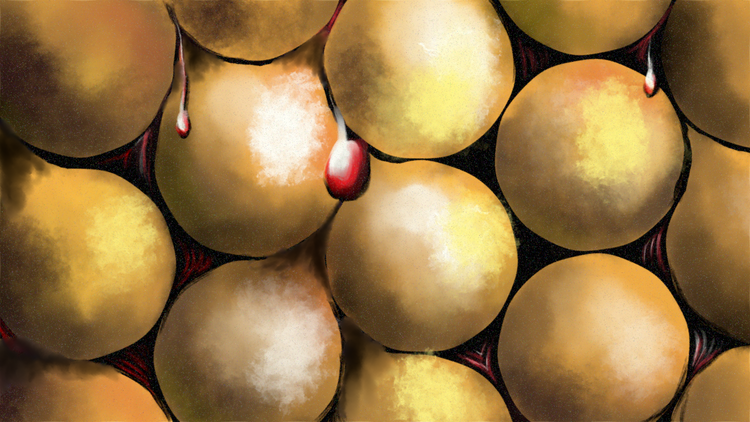
Running Commentary 5/17/2021
Hello,
I spotted a Baltimore oriole near my home, though none have come to the feeder as yet, that I’ve seen. Hopefully the one will find it and bring his friends.
Anyway…
Watching…
Episode 3 of The Bad Batch went out Friday, showing us what’s been going on back on Kamino. Here are my notes: SPOILERS

- If they’re missing Crosshair, why don’t they have Omega sleep in his bunk, rather than on a gonk droid? I mean, that’s probably what Wrecker set up at the end, but why wait until you can re-decorate?
- I’m not sure whether Crosshair’s new squad is meant to be the beginning of the Stormtrooper Corps or the beginning of the Death Troopers. The black armor and physical enhancements (I think that’s what was implied) points toward the latter, but Death Troopers are really closely tied to the Death Star project, and we haven’t seen that brought up yet. Maybe we will.
- “They crashed on some moon” has been used before as an episode of time filler. This one did pretty well. It wasn’t as good as when Zeb and Kallus crashed on a moon, but it finally gave Omega something to do.

Bird of the Week
Our bird this week is the Green-Winged Macaw, a very large parrot found in the Amazon basin. Like all macaws, their diet is comprised mostly of fruit, nuts, and other plant matter. Often, these fruits and nuts contain harsh chemicals; it seems that these parrots will eat clay from the riverbank to neutralize the toxins.
The ICUN lists the Green-Winged Macaw as a species of least concern, though loss of habitat in the Amazon rainforest and illegal captures for the pet trade. Legally, pet parrots must be descended from parrots taken from the wild before such practices were outlawed in many countries. (Pet parrots are a thorny subject. Like tropical fish, parrots are often acquired for their beauty, but the birds’ high intelligence and long lifespan leads to many being abandoned or else neglected and poorly cared for. Keeping a parrot healthy, both physically and mentally, is possible, but it’s a harder undertaking than many people realize.)
The term “macaw” refers to many sorts of New World parrots. The word comes from the Portuguese “macau”, which in turn most likely comes from a native Brazillian word referring to a palm tree whose fruits the parrots eat. This macaw is Ara chloropterus; the genus name comes from the Tupí language’s imitation of their call, while the species name comes from the Greek for “pale-green-winged”
Curation Links
Conservationists No Longer Agree on What ‘Wild’ Means | Christopher Preston, The Atlantic
Nature. It’s everything besides us humans, right? That’s been the usual idea, which means that conserving nature means removing people from the equation in a certain area. But is that possible? Is it necessary? In this report we see that a designated wild space is often as man-made as any city.
Mysterious mermaid stripped naked | Paolo Viscardi, The Guardian
Fake mermaids, bits of rogue taxidermy made from pieces of fish and monkeys, and often other materials, are a mainstay of certain sorts of museums. Modern X-rays now give us a look at how they were made.
The Grande Dame of Midway | Elena Passarello, Audubon Magazine
A profile of Wisdom, a septuagenarian albatross who was first tagged in 1956 on Midway Island, where she and her fellow birds come to nest. Wisdom is the oldest known wild bird.
Snap Judgment | Kim Beil, Lapham’s Quarterly
A history of trick photography from the early days of the medium, when there was no Photoshop, and all modifications to the actual scene had to be achieved in-camera, using various tricks of lighting, positioning, and exposure
Best-Laid Plans | David D. Levine, Clarkesworld Magazine
[FICTION] The story of a researcher aboard an orbital station and her colony of laboratory mice. Set in the future but featuring technology that mostly exists in the present day.
The Most Beautiful Tulip in History Cost as Much as a House | Sarah Laskow, Atlas Obscura
Tulips (along with apples and cherries) are native to a region of Central Asia now split between Tajikistan, Kyrgyzstan, and Uzbekistan, but they’re most associated with the Netherlands. Dutch traders brought the flowers home, and their countrymen quickly set to cultivating countless varieties. Most prized, for its beauty and its rarity, was the crimson-and-white Semper Augustus.






Member Commentary